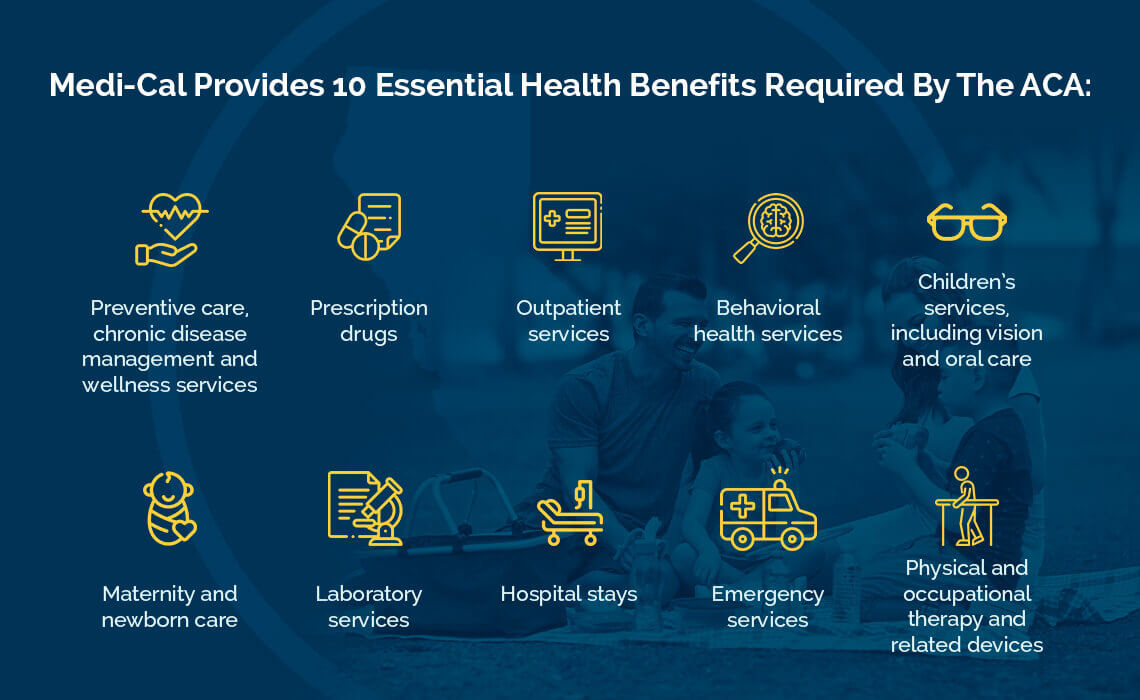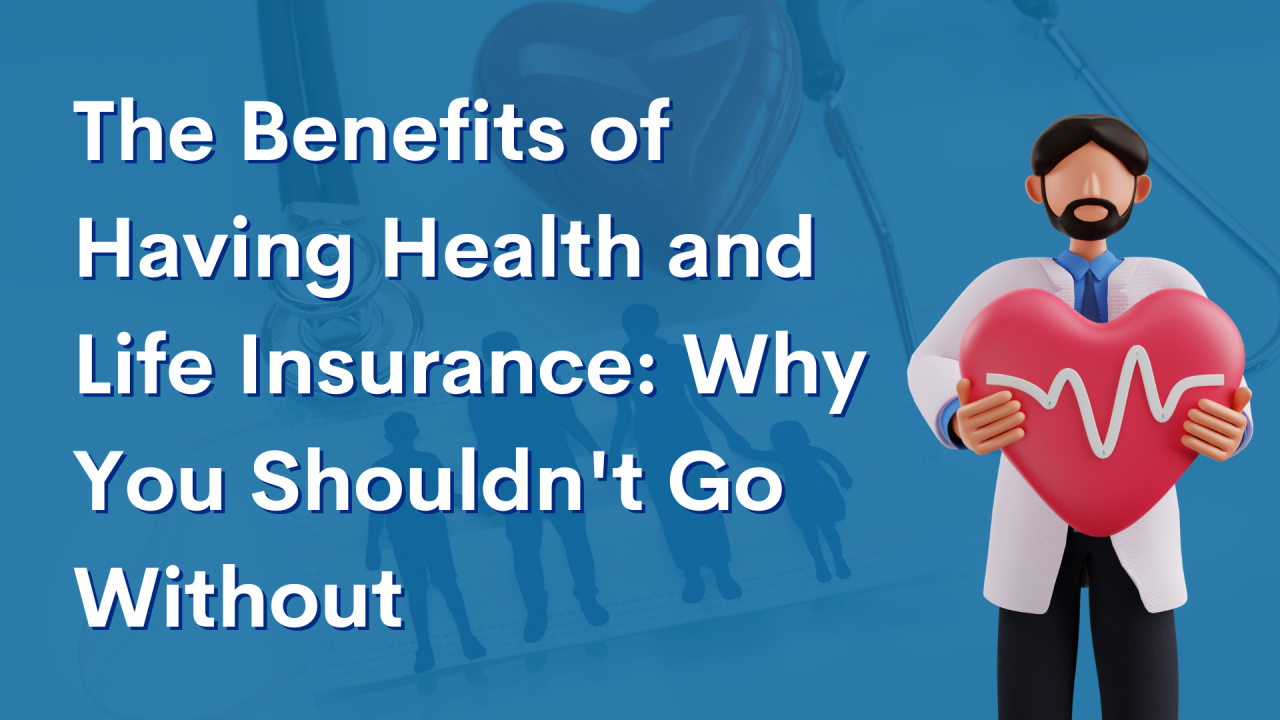Everything about Medicare Advantage Agent
Everything about Medicare Advantage Agent
Blog Article
The 8-Second Trick For Medicare Advantage Agent
Table of ContentsMedicare Advantage Agent Fundamentals ExplainedSome Ideas on Medicare Advantage Agent You Should KnowExamine This Report about Medicare Advantage Agent

adheres to from puzzling the relatively young age profile of the without insurance with the far better health, typically, of more youthful individuals. This obscures the web link in between wellness standing and wellness insurance policy. For those without accessibility to work environment medical insurance, poor health is a possible barrier to buying nongroup insurance coverage since such coverage might be extremely valued, exclude preexisting conditions, or be merely not available. The number of without insurance Americans is not particularly big and has actually not altered in recent times. 7 out of ten participants in a nationally representative survey assumed that fewer Americans lacked medical insurance than actually do(Fronstin, 1998). Approximately fifty percent(47 percent )believed that the number of people without medical insurance lowered or continued to be continuous over the latter fifty percent of the last years(Blendon et al., 1999). This decrease of practically 2 million in the variety of individuals 'without insurance (a decrease
of around 4 percent)is certainly a favorable change. With a softer economic climate in 2000 the most current reported gains in insurance protection may not proceed(Fronstin, 2001 ). The decline in the variety of without insurance will not continue if the economic climate remains slow and healthcare expenses remain to outmatch inflation. This is because the data were collected for a period of solid economic performance. Of the approximated 42 million individuals who were without insurance, almost about 420,000(about 1 percent)were under 65 years of age, the age at which most Americans come to be qualified for Medicare; 32 million were grownups in between ages 18 and 65, about 19 percent of all grownups in this age; and 10 million were kids under 18 years old, about 13.9 percent of all kids (Mills, 2000). These estimates of the number of persons uninsured are created from the annual March Supplement to the Present Population Survey (CPS), performed by the Census Bureau. Unless otherwise noted, nationwide quotes of people without medical insurance and proportions of the population with various sort of coverage are based upon the CPS, one of the most widely utilized resource of quotes of insurance coverage and uninsurance prices. These surveys and the estimates they generate are defined briefly in Table B. 1 in Appendix B - Medicare Advantage Agent. These studies vary in dimension and tasting methods, the questions that are asked about insurance policy
Medicare Advantage Agent for Dummies
coverage, and the time duration over which insurance protection or uninsurance is determined(Lewis et al., 1998, Fronstin, 2000a ). Still, the CPS is particularly helpful due to the fact that it generates yearly estimates relatively swiftly, reporting the previous year's insurance policy coverage estimates each September, and since it is the basis for a consistent set of price quotes for more than two decades, enabling evaluation of fads in protection over time.

9 Easy Facts About Medicare Advantage Agent Described
Over a three-year duration beginning early in 1993, 72 million individuals, 29 percent of the united state populace, were without coverage for at the very least one month. Within a solitary year(1994), 53 million people experienced at the very least a month without protection(Bennefield, 1998a). Six out of every 10 without insurance adults are themselves employed. Functioning does enhance the probability that one and one's family participants will certainly have insurance policy, it is not a guarantee. Also members of family members with two permanent breadwinner have virtually a one-in-ten chance of being uninsured (9.1 percent without insurance price)(Hoffman and Pohl, 2000 ). The connection between medical insurance and access to care is well established, as recorded later in this chapter. The relationship between health and wellness insurance policy and health and wellness end results is neither direct neither easy, a substantial medical and health and wellness solutions study literary works links health and wellness insurance protection
to improved better to care, better much betterTop quality and improved enhanced individual population populace health and wellnessStanding The second record, on personal wellness results for without insurance adults, is stood for by the innermost circle of the number, while the third report, on household health, incorporates the subjects of the second record yet emphasizes a different system of analysis, specifically, the family. The sixth record in the collection will present information about methods and campaigns undertaken locally, statewide, or nationally to deal with the absence of insurance and its adverse impacts. Degrees of evaluation for analyzing the results of uninsurance. This conversation of medical insurance protection concentrates primarily on the united state populace under age 65 due to the fact that essentially all Americans 65 and older have Medicare or various other public protection.
It concentrates especially on those without any kind of wellness insurance for any kind of length of time. The troubles faced by the underinsured remain in some aspects comparable to those dealt with by the uninsured, although they are generally much less severe. Uninsurance and underinsurance, nonetheless, involve noticeably different policy problems, and the strategies for addressing them may differ. Throughout this study and the five reports to comply with, the main emphasis gets on individuals with no health and wellness insurance and thus no support in paying for healthcare beyond what is offered with charity and safety and security internet organizations. Medical insurance is a powerful variable affecting receipt of treatment due to the fact that both individuals and doctors respond to the out-of-pocket price of solutions. Medical insurance, nonetheless, is neither essential neither adequate to get to medical services. Nonetheless, the independent and straight result of go to my site health and wellness
insurance policy protection on access to health and wellness services is well developed. Others will obtain the healthcare they need even without medical insurance, by paying for it out of pocket or look what i found seeking it from carriers who use care totally free or at very subsidized rates. For still others, health insurance coverage alone does not ensure receipt of treatment due to various other nonfinancial barriers, such as an absence of healthcare carriers in their community, limited accessibility to transportation, illiteracy, or linguistic and cultural differences. Official research concerning uninsured populations in the USA dates to the late 1920s and early 1930s when the Board on the Price of Healthcare produced a collection of reports regarding funding medical professional workplace check outs and hospital stays. This problem ended up being prominent as the numbers of clinically indigent climbed up throughout the Great Anxiety. Empirical studies constantly sustain the link in between accessibility to care and improved health and wellness results(Bindman et al., 1995; Starfield, 1995 ). Having a regular source of care can be thought about a predictor of accessibility, as opposed to a direct procedure of it, when health and wellness outcomes are themselves made use of as gain access to signs. This extension of the notion of access measurement was made by the IOM Committee on Keeping Track Of Access to Personal Health And Wellness Treatment Solutions(Millman, 1993, p. Whether or not moms and dads are guaranteed shows up to impact whether or not their youngsters receive care along with how much careeven if the children themselves have protection(Hanson, 1998). The wellness of parents can impact their capability to take care of their kids and the level of family members stress. Bothering with their kids's access to care is itself a resource of stress for parents. 3 phases follow in this report. Chapter 2 provides an introduction of exactly how employment-based health and wellness insurance coverage, public programs and specific insurance coverage operate and communicate to supply considerable yet insufficient protection of the united state populace. This consists of an evaluation of historical fads and public laws influencing both public and personal insurance coverage, a conversation of the interactions among the various sorts of insurance, and an examination of why individuals relocate from one program to an additional or wind up

Report this page